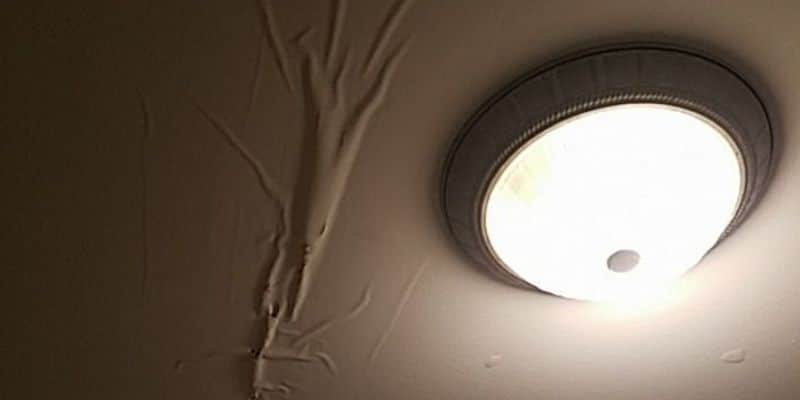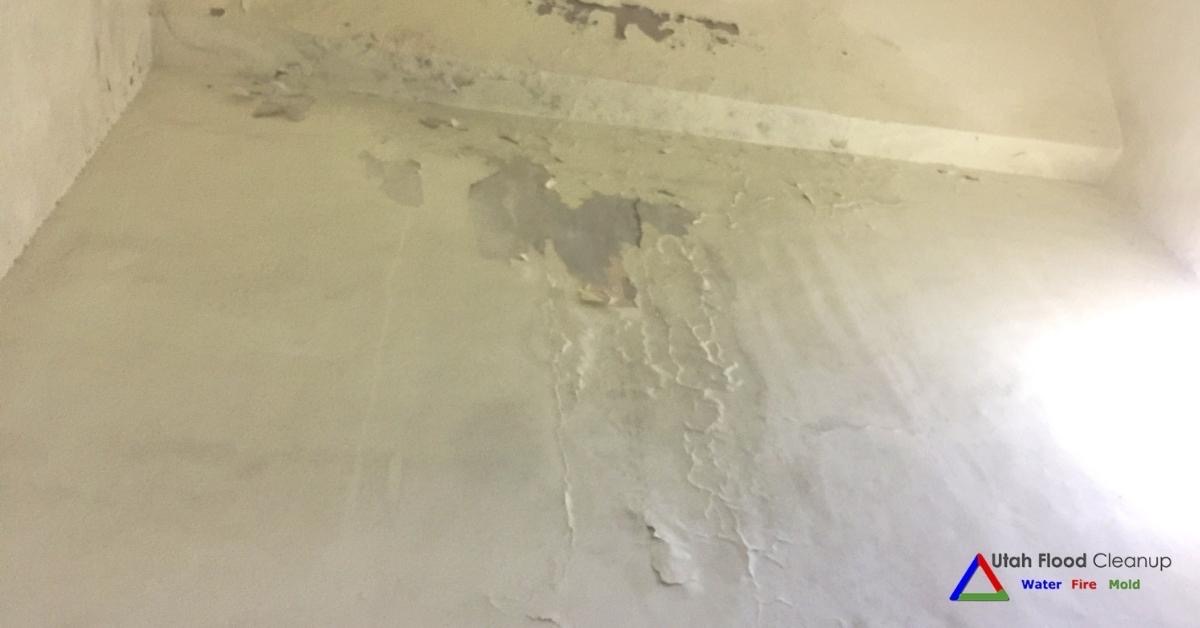Everybody has their own perception in relation to How to Remove Water Stains from Walls and Ceilings.

Water stains on wall surfaces are not enjoyable to the eyes. Sometimes it appears virtually unpreventable to experience water spots on wall surfaces in homes.
House owners living in humid regions continuously deal with the concern of water discolorations on wall surfaces. With exact and all-round details on the causes of water stains and also timely repair work processes, you will certainly always be an action in advance of such incidents.
3 Typical Reasons For Water Spots on Wall Surfaces
As opposed to popular belief, water discolorations on wall surfaces do not always originate from inadequate building materials. There are several causes of water stains on walls. These include:
Wet
When warm wet air meets with completely dry chilly air, it triggers water beads to base on the wall surfaces of buildings. When there is vapor from cooking or showers, this takes place in shower rooms and cooking areas. The water droplets can discolor the surrounding walls in these parts of your residence and also infect other locations.
Wet or condensation influences the roofing system and also wall surfaces of buildings. When the wall is wet, it creates an ideal atmosphere for the development of fungi and microorganisms.
Poor Water drainage
This will certainly protect against water from seeping right into the wall surfaces. This web links to excessive wetness that you observe on the wall surfaces of your structure.
So, the leading root cause of damp walls, in this case, can be a poor water drainage system. It can additionally be due to inadequate management of sewage pipes that go through the structure.
Pipeline Leaks
Many houses have a network of pipes within the wall surfaces. This guarantees that the pipes are faraway from the reach of harmful rodents. It constantly enhances the feasibility of such pipelines, as there is little oxygen within the wall surfaces. This discourages rust.
A drawback to this is that water leakage influences the wall surfaces of the building and causes extensive damage. An indicator of defective pipes is the look of a water stain on the wall surface.
Pro Suggestion
A houseplant in your home also increases its moisture. So, if your home is currently moist, you might want to introduce houseplants with marginal transpiration. An example of appropriate houseplants is succulents.
Water Stains on Wall: Repair Tips
Home owners would typically want a quick fix when managing water discolorations. They would quickly recognize this is counterproductive as the water stains repeat. Right here are a couple of useful suggestions that will certainly assist you in the repair work of water stains on wall surfaces:
Conclusion
Although nobody wants to have water spots on walls in their home, it can occur to the best of us. This post offers you utilize, as you now understand exactly how to handle this incident if it does occur.
It is always best to recruit professional solutions to aid deal with the damages in your home.
Often it appears virtually inevitable to experience water discolorations on wall surfaces in homes.
In contrast to preferred belief, water discolorations on wall surfaces do not constantly stem from inadequate building materials. There are a number of reasons of water discolorations on walls. The water droplets can stain the bordering walls in these components of your home as well as spread to various other areas.
Right here are a few handy ideas that will guide you in the repair service of water spots on walls:
CHECKING FOR WATER DAMAGE
Water damage can be costly, and it may begin before you even notice the first signs of trouble. Water damage can cause mold and mildew in your walls and floors, which can create an abundance of health concerns for your family. It can also lead to costly repairs of various appliances and general home fixtures. To avoid the pricey consequences of water damage, here are Warner Service’s top 5 places you should check:
The walls – The easiest place to spot the beginnings of water damage is on the walls and ceilings of your home. If water damage is present, there will most likely be water stains, especially around the windows and doorframes, and/or cracks in the drywall. If a stain looks unusual (discolored to brown, black or gray, raised texture), has a swollen appearance or is soft to the touch, contact a professional immediately. The pipes – To avoid water damage, consistently check the pipes in your kitchen (especially the dishwasher and ice maker), bathrooms, laundry room (specifically washing machines) and basement for corrosion, leaks and water stains. Pay special attention to where the pipes connect in your home and the location of caulking around the bathroom fixtures, including toilets, sinks, showers and tubs. Missing or loose caulking and grout could be signs of leaking water. This seepage can also quickly cause mold and rust, so double check your water heater and tank for wet spots on the floor. The floor – Water damage is very easy to spot on the floor. Look for any warping or buckling of the material, especially in the basement. If your home has wood flooring, look for bright white or dark stains. If your home has carpeting, keep it dry and clean. A damp carpet that smells of mold could cause water damage and health problems. To avoid this, consider installing floor pans under your appliances to help prevent damages from small, slow and undetected leaks. The basement and attic – If your basement or attic smells odd check for mold and mildew around the area, especially the valley where the roof meets. While you are inspecting those areas, check for wall cracks, floor stains, rust and dampness in the insulation. If you live in a colder and/or rainier climate, perform routine checks for water damage from melting snow or ice and rain. The exterior – Check the roof for damaged flashing and missing, cracked or curled shingles. There should also be no standing water anywhere outside your home. This could be caused by puddles, leaky rain gutters or hoses, poor drainage, or short gutter spouts. Invest in a sump pump system or water flow monitoring system, and perform routine maintenance on these outdoor appliances to avoid indoor water damage.

We hope you liked our section about How to Find and Repair Water Leaking in the Wall. Thank you so much for taking the time to read through our blog. Enjoyed our post? Please share it. Help somebody else find it. Many thanks for taking the time to read it.
Get Quote